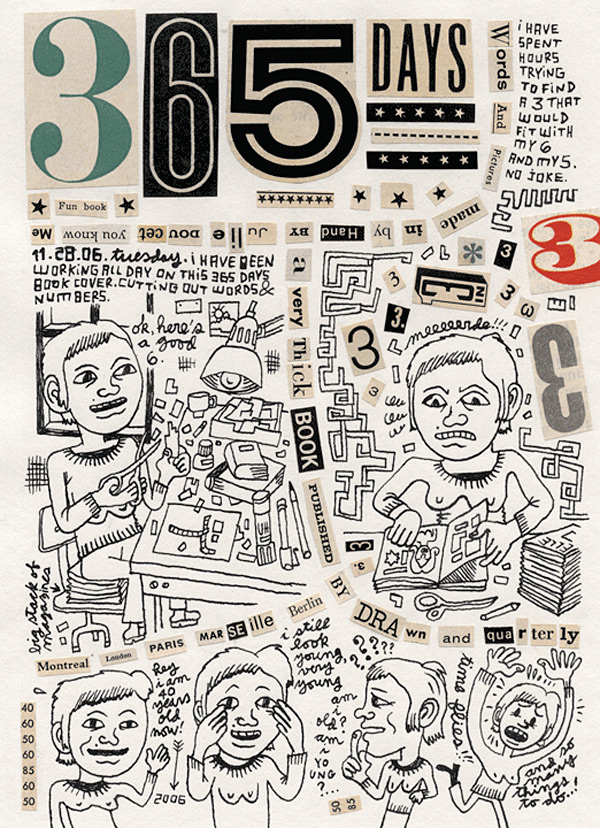For those of you reading these entries for the first time, I’m Fiona, an IPRC comics certificate program student, writing about my experience at the IPRC as a student, volunteer, and newbie to Portland.
Yesterday was the second class of the comics certificate program. It was just Nicole, as it will be until early November.
Craig Thompson Lecture Reflection.
We first discussed our reflections upon Craig Thompson’s talk at Powells last Tuesday. There were multiple perspectives from the class but I’ll give my two cents here:
First and foremost, I was STARSTRUCK. Blankets was the first graphic novel I read after I started making comics. The book was beautifully illustrated, the story was incredible (yet sappy), and half of it takes place in my hometown (Marquette, Michigan) During the lecture, Thompson mainly focused on his newest book, Habibi, which took him about six years to create. He talked about the creative process behind the book, accompanied with a slideshow presentation of drafts, thumbnails, and his illustration process. Throughout the slide show, one could really see process the integration of creativity and research to tell to really develop the story. I felt like I could relate to the combination of the creative process and research, especially after doing my undergraduate thesis as a comic zine. Yet, I found it ambitious at what Thompson did in preparation for Habibi–he spent two years working on thumbnails for it! Mmm, I’m not sure if I am patient enough to do thumbnails for that long. But, good for him!
During his talk, I found myself wondering how he sustained his creative passion for Habibi for six years. So I asked him, and his response was really interesting. He talked about how the characters had a life outside of his head, and that they needed to be on paper. He went on to say: “I don’t want to commit a creative abortion.”
Although the phrasing struck me as weird, I found myself thinking about so many projects I started, or kept inside of myself but never put on paper. Hearing Thompson talk about creating projects despite hating them encouraged me to pursue my own ideas, even when I think they lack potential. You never know what will be a gem later.
For those of you who missed Thompson at Powells (or simply can’t get enough of him), he’ll be hosting a book release and Habibi inspired art exhibit on October 6, 6-10pm at Floating World Comics.
Spontaneous Drawing Exercises.
After that discussion, we did some spontaneous drawing exercises. As a class, we created quanto comics. For those of you unfamiliar, quanto comics are where one person writes a phrase/title, and then someone else has to draw a comic based off of that phrase/title. The title I wrote was, “Aw hell yeah, doggies!”, inspired by my old housemate would always shout that in the hallway. The comic I worked on was titled, “Watch out!…oh, nevermind.” We only had ten minutes to write the comic so I wrote an imaginary story about my sister and I going on a walk, me almost getting hit by a car, and then nothing happening. It was silly. It was quick. I wasn’t super excited about my comic.
Our next drawing exercise was where we drew certain objects. We would draw the object for 3 minues, draw it again in 90 seconds, again in 30 seconds, and lastly for 10 seconds. We did that twice, once with a car, and once with a cat. You can see the car progression below:
Then we drew famous cartoon characters from memory, each for about 5-10 seconds. It reminded me of how out of touch I am with popular culture (especially when everyone was talking about Beevis and Butthead and I didn’t have a clue. I guess that’s what happens when you grow up without cable TV!)

Diary Comics.
Lastly, we discussed diary comics, which happens to be a genre of comics I’m more familiar with. We looked at different diary comics, ranging from Gabrielle Bell, Julie Doucet, James Kochalka’s American Elf, and Liz Prince. Nicole showed us some of her work too, which included her most recent issue of Invincible Summer (a diary comic split she did with Clutch), and bits and pieces of her upcoming graphic novel. I really love looking at the work of other comic artists because it gives me ideas as to how people approach certain genres and make it their own. It was really insightful to see the diverse approaches to drawing the every day, and how mundane interactions in our daily lives are communicated in a way that is interesting.

On that note, we discussed our next assignment of drawing a one page diary comic. While talking about composing diary comics, we also discussed composition (both written and visual) and how to create a narrative that really communicates to the reader. We looked at some writing tips from Stephen King (read Stephen King’s Top 7 Tips for Becoming a Better Writer here.) Even though I’m not a Stephen King fan, his words of wisdom made sense.
I have a habit of starting diary comics and not finishing them (or if I do, I don’t want to share them with anyone… yet.) This week, I want to challenge myself to drawing a few this week, as a way to experiment and see how my work evolves. Also, I’ll actually finish and show them this time!
Until next time,
-Fiona

